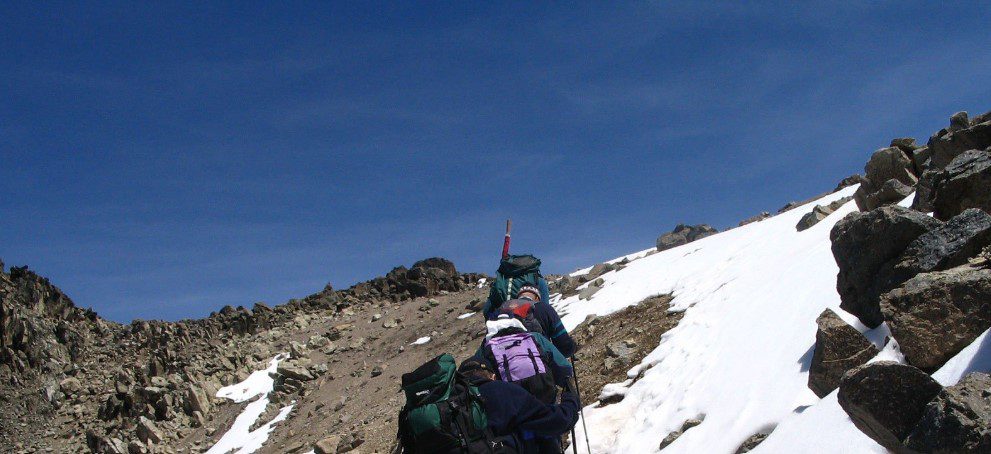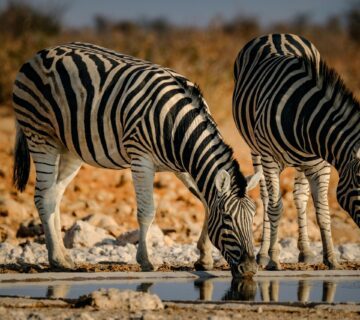How Cold Does It Get on Mount Kenya? An Adventure You’ll Never Forget
When you think of Mount Kenya, towering majestically over the surrounding landscapes, the first thing that comes to mind is its awe-inspiring beauty. As Kenya’s highest mountain and Africa’s second-highest, Mount Kenya offers breathtaking views, diverse wildlife, and a challenging yet rewarding climb. But when it comes to trekking this magnificent peak, one question often comes up: how cold does it get on Mount Kenya?
Whether you’re planning to summit or just want to explore its lower slopes, understanding the weather and temperatures you’re likely to encounter is key to preparing for your adventure. In this post, we’ll dive into the temperatures on Mount Kenya, the factors that affect its chill, and how to prepare for a safe, memorable trek.
The Climate of Mount Kenya
Mount Kenya is located just south of the Equator, so you might think its temperatures would remain tropical and warm throughout the year. However, the mountain’s high altitude, varying microclimates, and changing weather patterns ensure that it experiences cold conditions, especially at higher elevations.
The lower slopes, where most trekkers begin their journey, have a temperate climate, with temperatures typically ranging between 10°C (50°F) and 20°C (68°F). These areas are characterized by lush forests and rich biodiversity, offering a relatively comfortable environment for trekking. But as you ascend, the weather changes rapidly, and the temperatures drop significantly.
How Cold Does It Get on Mount Kenya?
As you climb higher on Mount Kenya, the temperature decreases with every meter gained. The coldest temperatures on the mountain are found near the summit, where the air is thin, and the conditions are often harsh. Here’s what you can expect as you make your way up:
Base Camp to 3,000 meters (9,842 feet)
At this elevation, the weather is still relatively mild, but it can be unpredictable. During the day, temperatures range from around 5°C (41°F) to 15°C (59°F), with cool evenings and early mornings. The nights can get chilly, especially if you’re camping. You’ll want to pack a light jacket or sweater for these conditions, but nothing too heavy.3,000 meters to 4,500 meters (9,842 feet to 14,764 feet)
Once you cross the 3,000-meter mark, the temperature starts to drop more noticeably. Daytime temperatures may range from 2°C (36°F) to 8°C (46°F), while at night, it’s not unusual for temperatures to plummet to around -5°C (23°F). The higher you go, the more you’ll feel the bite of the cold, especially if the wind picks up. Layers are key at this stage, and a good quality down jacket becomes essential.4,500 meters to 5,000 meters (14,764 feet to 16,404 feet)
As you approach altitudes above 4,500 meters, the temperature continues to fall, especially once the sun sets. The daytime highs rarely exceed 5°C (41°F), and at night, it can easily drop to -10°C (14°F) or lower. The wind chill factor at these elevations can make it feel even colder, so you’ll need to be prepared for sub-zero conditions. At these heights, hypothermia can become a real concern, so it’s crucial to have warm clothing and a good sleeping bag designed for extreme cold.5,000 meters and beyond
Beyond 5,000 meters (16,404 feet), you’re entering the realm of near-freezing conditions. The summit of Mount Kenya, which stands at 5,199 meters (17,057 feet), is typically a harsh, cold environment where temperatures regularly drop to -15°C (5°F) or lower. The winds at this altitude are fierce, and snow is not uncommon, even during the dry season. The air is thin, and the temperature extremes make it a challenging environment for even the most experienced climbers.
Factors Affecting Temperature on Mount Kenya
Several factors influence how cold it gets on Mount Kenya. While altitude is the most significant, other conditions can also play a major role:
Altitude: As mentioned, the higher you go, the colder it gets. A general rule of thumb is that the temperature drops by about 6°C (10.8°F) for every 1,000 meters (3,280 feet) you ascend.
Time of Year: Mount Kenya experiences two rainy seasons—long rains from March to May and short rains from October to December. These periods tend to bring more precipitation and can make the cold feel even more intense. The dry months, from June to September, are generally the best time to climb, with clearer skies and slightly warmer conditions during the day. However, the nights can still be brutally cold.
Time of Day: The coldest temperatures on Mount Kenya occur at night and in the early mornings. Daytime temperatures, while still chilly at higher altitudes, can provide some relief when the sun is out. But as soon as the sun dips below the horizon, the mountain’s temperature plummets.
Wind Chill: The wind on Mount Kenya can make the cold feel even more intense, particularly at higher altitudes. The summit is often exposed to strong winds that can make the temperature feel much colder than it actually is. Proper windproof clothing is essential for staying warm.
Preparing for the Cold on Mount Kenya
When preparing for a trek on Mount Kenya, it’s important to pack appropriately for the cold weather conditions you’ll encounter. Here’s a list of essential clothing and gear to help you stay warm and safe:
Layering System: The key to staying comfortable on the mountain is layering. Start with a moisture-wicking base layer to keep sweat away from your skin. Then, add an insulating layer, such as a fleece or down jacket, to retain warmth. Finally, finish with a waterproof and windproof outer layer to protect against the elements.
Warm Sleeping Bag: At higher altitudes, temperatures can drop well below freezing at night. A high-quality sleeping bag rated for extreme conditions is essential to ensure a good night’s rest.
Insulated Clothing: Don’t skimp on insulated clothing. A warm hat, gloves, and thermal socks are essential for protecting your extremities from the cold.
Sun Protection: Despite the cold, the sun at higher altitudes can be strong. Protect your skin with sunscreen, and wear sunglasses to shield your eyes from UV rays, which are more intense at higher elevations.
Hydration and Nutrition: Staying hydrated and well-fed is vital, especially in cold conditions. Dehydration can make you more susceptible to altitude sickness, so drink plenty of water. High-energy foods like nuts, granola bars, and energy gels are great for keeping your energy levels up.
Proper Footwear: Sturdy, waterproof hiking boots with good insulation are necessary for tackling the varying conditions and rocky terrain of Mount Kenya.
Conclusion
The cold on Mount Kenya is no joke, especially as you ascend toward the summit. Temperatures can drop to well below freezing, with strong winds and the risk of snow making conditions even more extreme. However, with the right preparation, gear, and mindset, trekking this iconic peak can be an unforgettable adventure. Whether you’re conquering the summit or simply enjoying the stunning views from a lower altitude, understanding how cold it gets on Mount Kenya is essential for making your trek safe and enjoyable.
Remember, the journey is as much about the experience and the memories you create as it is about the destination. With the right equipment and a spirit of adventure, the cold can be just another challenge to overcome as you take in the incredible beauty of this majestic mountain.





